
Detail of Sheila Hicks’s Altiplano on Philippe Malouin’s Trench chair for Acerbis. Photography by Fabio Gueli. Courtesy of Knoll Textiles.
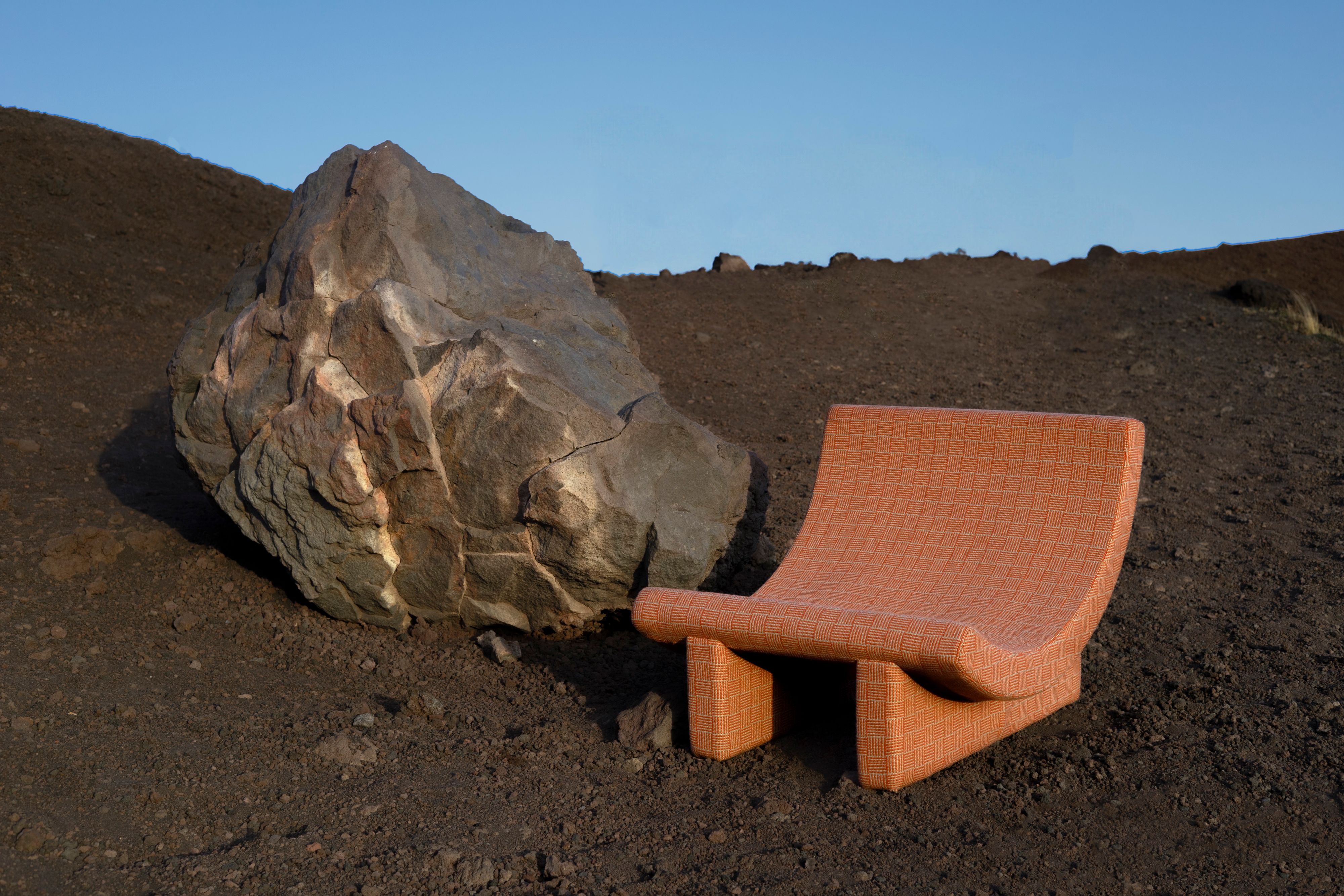
Sheila Hicks’s Altiplano for Knoll Textiles, first introduced in 1966 as Inca and now reissued in earthier tones, upholsters Philippe Malouin’s Trench Lounge Chair for Acerbis atop Mount Etna. Rooted in a centuries-old Andean check, Hicks’s 1960s reinterpretation adjusted the yarn size and scale to create a layered, irregular effect. Photography by Fabio Gueli for PIN–UP. Courtesy of Knoll Textiles.
Sheila Hicks can’t stop fixating on the way Altiplano looks stretched across Philippe Malouin’s Trench chair for Acerbis, staged in the inky lava fields of Mount Etna. In her Paris studio, she zooms in on the photograph and puzzles over the pairing. How will the woven textile interact with the curve of Malouin’s chair over time? Will it be put indoors? In air conditioning? How will abrasion wear it down? She fixates on the corners: Is it glued, sewn, layered, or wallpapered around the legs? “Let’s figure out how to upholster a chair and get around the corners,” she laughs, insisting I should write this as a cheeky interrogation. “Is it a chair? Is it painted, or is it a poster? Is it glued?” Whoever came up with the idea, she muses, must have a big sense of humor.
Hicks, now 91, began as a painter, studying under Josef Albers and George Kubler at Yale, where pre-Colombian weaving techniques first caught her eye. Her undergraduate thesis traced the “interlocking forms and colors” in Andean textiles — her first encounter with an ancient motif that would later inform Altiplano’s distinctive check, which she says is at least five centuries old. This research took her to South America, where she observed weavers in Peru working with the very patterns she had studied. In 1957, she wore a suit made from one of these fabrics to a meeting with Florence Knoll, the late director of the namesake design company. She wasn’t trying to impress her — it was just her favorite suit. That chance encounter led to Inca (1966), an upholstery textile for which Hicks adjusted the size of the yarns and the scale of the check of the original pattern until it produced an intricate effect she liked to call “playful mistakes.” Inca stayed in production until 1991.

Detail of Sheila Hicks’s Altiplano on Philippe Malouin’s Trench chair for Acerbis. Photography by Fabio Gueli. Courtesy of Knoll Textiles.
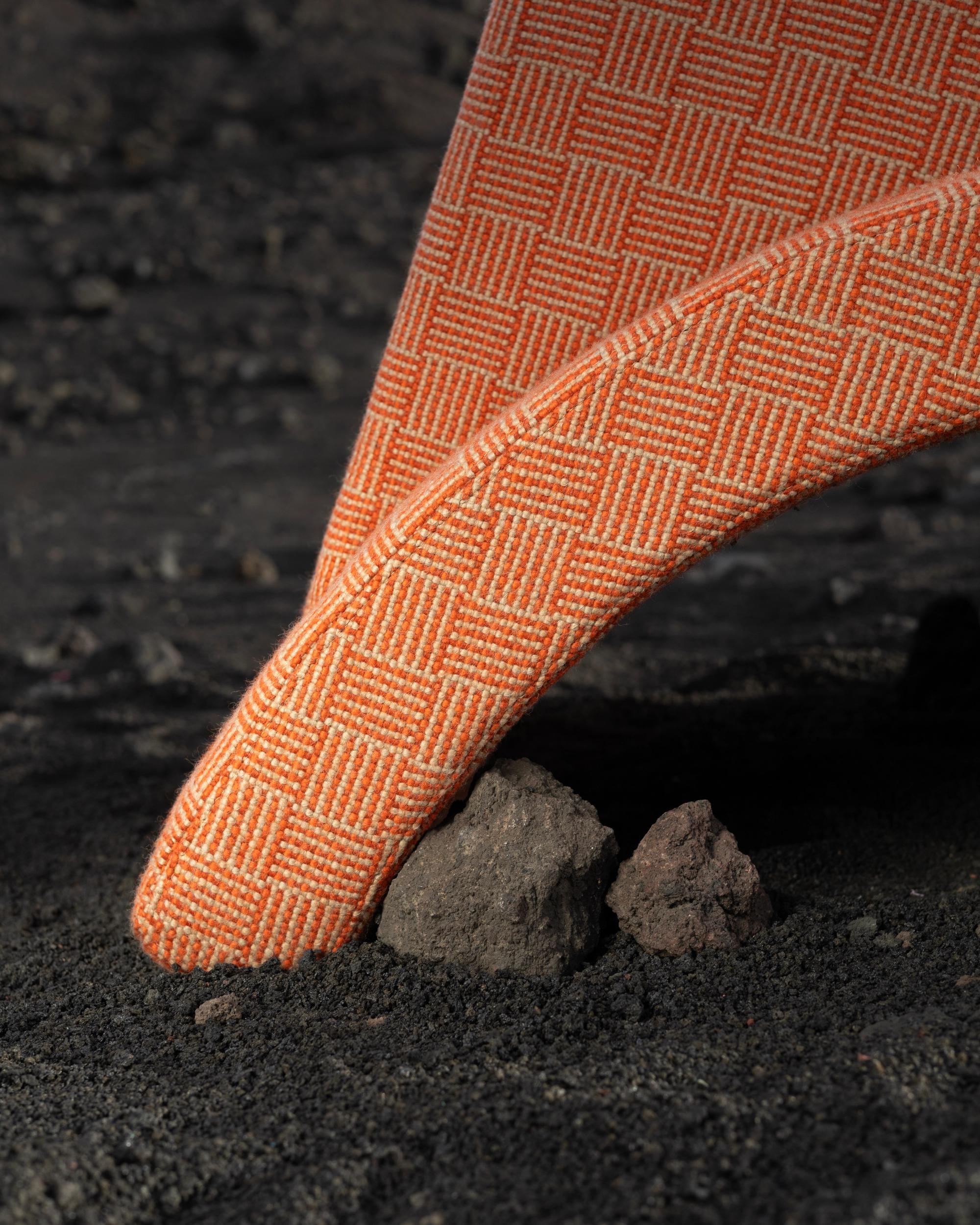
Detail of Sheila Hicks’s Altiplano on Philippe Malouin’s Trench chair for Acerbis. Photography by Fabio Gueli. Courtesy of Knoll Textiles.
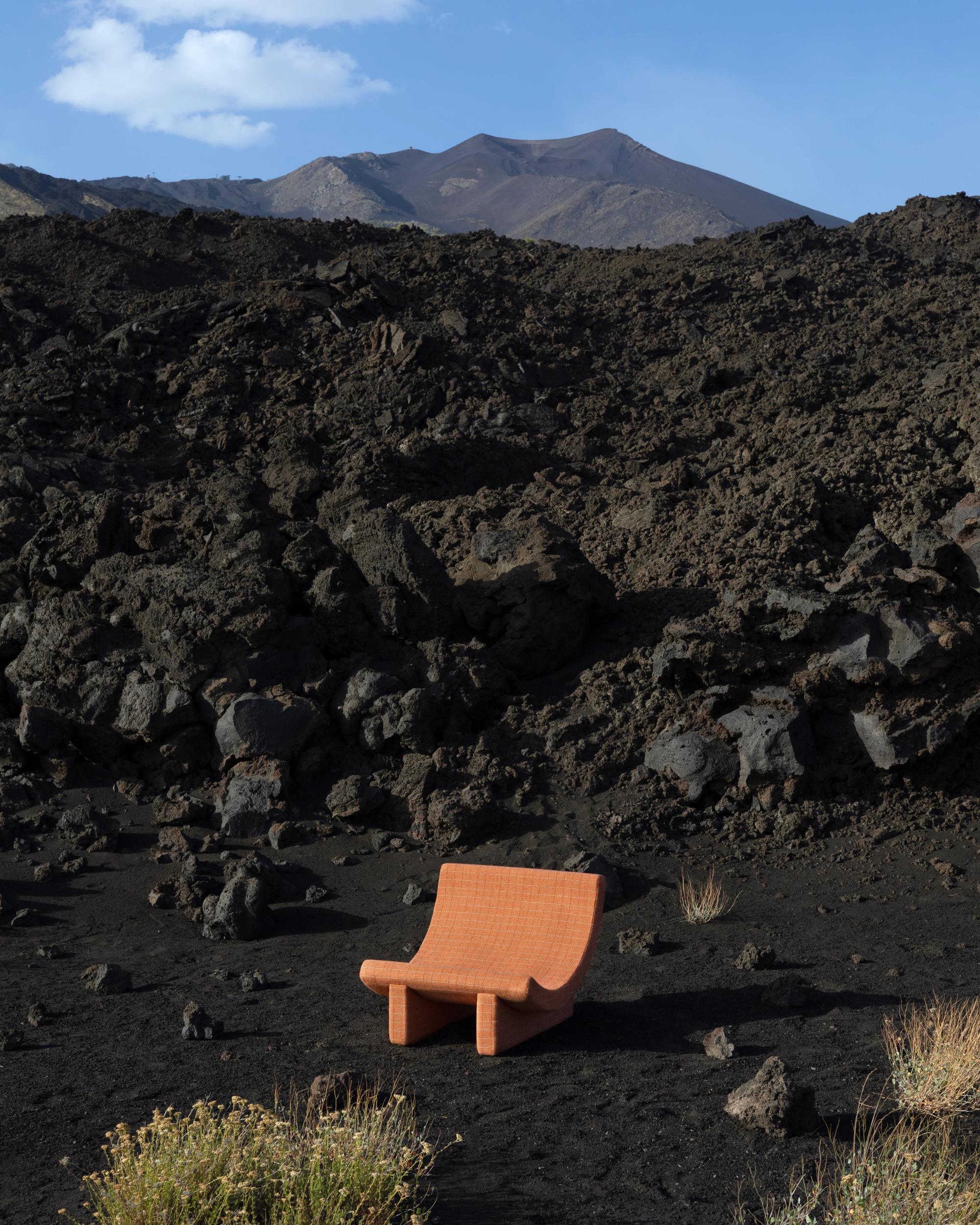
Sheila Hicks’s Altiplano on Philippe Malouin’s Trench chair for Acerbis. Photography by Fabio Gueli. Courtesy of Knoll Textiles.
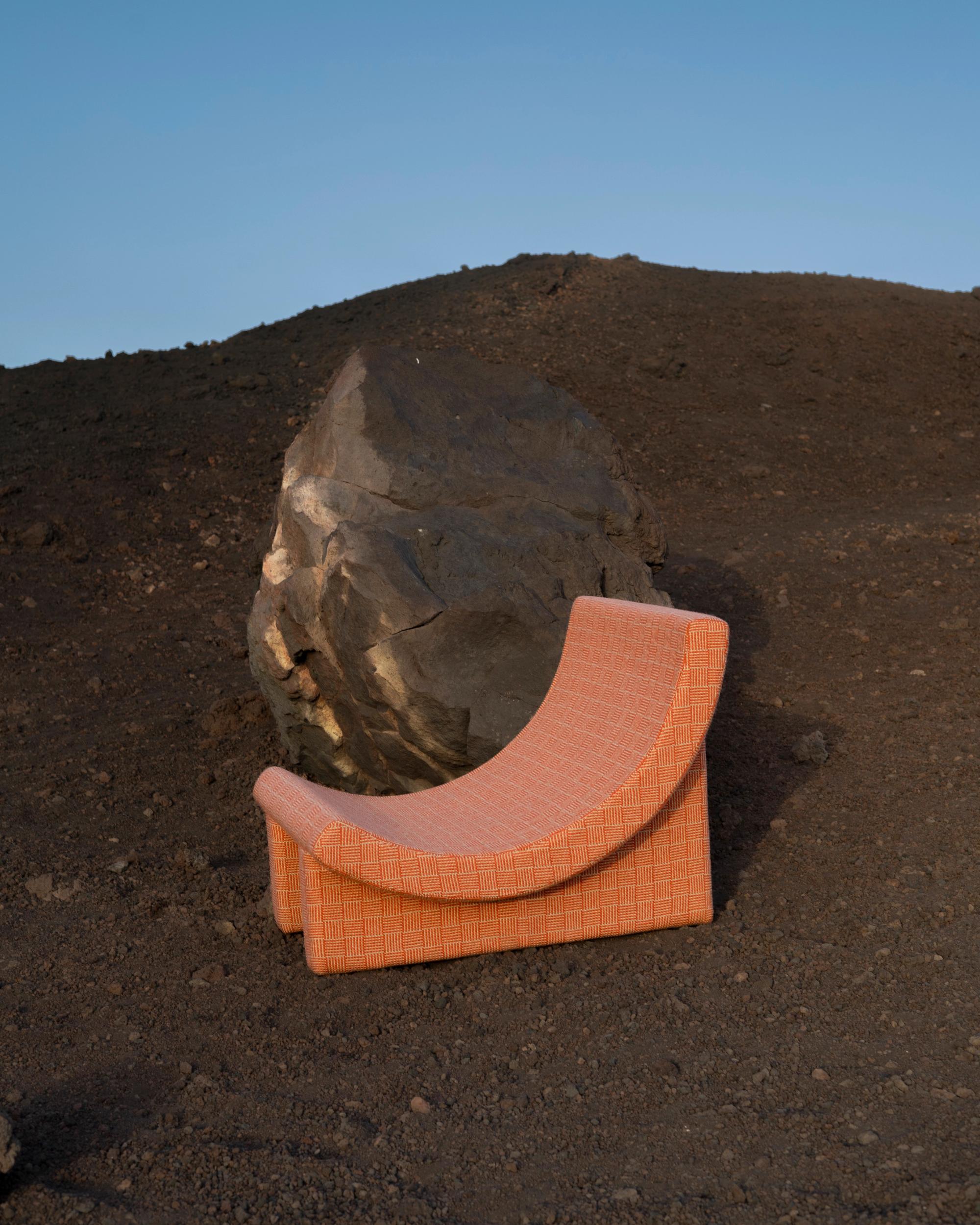
Sheila Hicks’s Altiplano on Philippe Malouin’s Trench chair for Acerbis. Photography by Fabio Gueli. Courtesy of Knoll Textiles.
Now reissued as Altiplano, the renamed version reflects Knoll Textiles’ effort to stay as close as possible to Hicks’s original vision while refining its depth and palette. “Although this style looks complicated, it actually uses one of the most ubiquitous weave structures: plain weave,” explains Megan Younge, design director at Maharam, which oversees Knoll Textiles. Hicks agrees. “It’s a subtle, very sophisticated weave,” she says. “The structure is quite amazing in its concept and execution, because it looks like it has perspective. It looks like it has overlapping layers, but it’s really just flat.” The check comes from striping two different colors in the warp and two in the fill, but Younge says that what makes it special is the loft — the thickness and weight of the yarns — and the fact that each yarn already contains a mélange of shades. “Even with only four colors, you get incredible richness and depth,” she adds.
The reissue’s colorway gets an update, too. “The original colors felt pushed in a contract direction — too clear, too saturated,” remembers Younge. “This time, we kept Sheila’s structure intact but leaned into richer, earthier tones.” The hues also better reflect the natural shades of the Andean highlands. The name change to Altiplano felt significant as well. “Inca is not as comprehensive,” Hicks tells me. “Altiplano is uplifting. It makes you dream.” Hicks didn’t even realize the textile ever went out of production. “For me, it was just sleeping,” she says. Younge, on the other hand, argues it’s the perfect time to bring the textile back. “It just feels so relevant and current for today,” she says. “The aesthetic, the geometry, the tailoring — there’s a reference to menswear and suiting that goes back to Florence Knoll’s original approach, when she was deliberately moving away from fussy florals. We felt this had a story to tell now, just as it did in the 1960s, and it could be used on contemporary pieces as well as more classic furniture.” When I ask Hicks how it feels to see her textiles used in ways she never imagined — like Malouin’s chair, fully wrapped in Altiplano and photographed atop Mount Etna — she doesn’t seem to mind. “Freedom never bothers me,” she says.
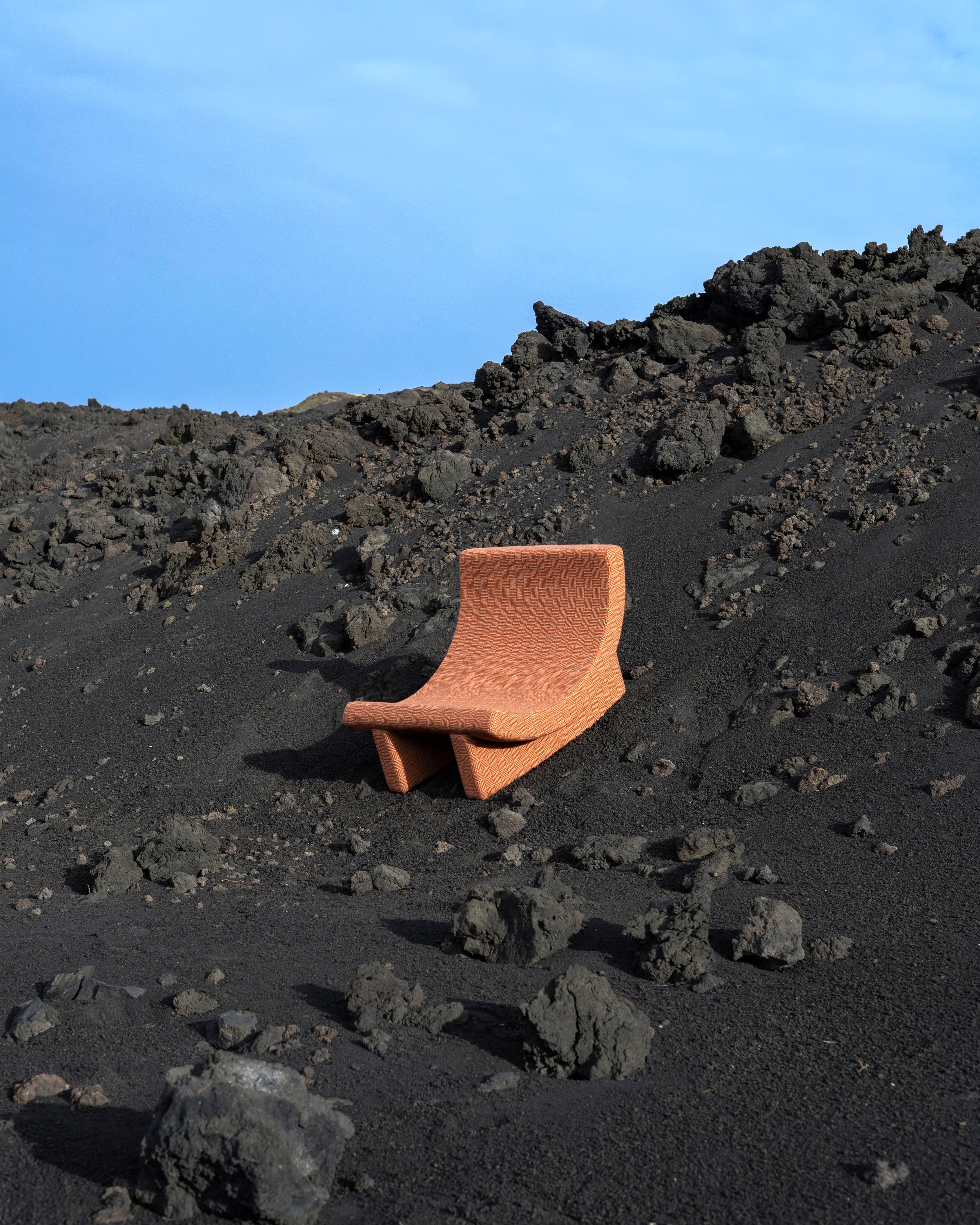
Altiplano by Sheila Hicks used on Acerbis Design’s Trench chair. Photography by Fabio Gueli. Courtesy of Knoll Textiles.
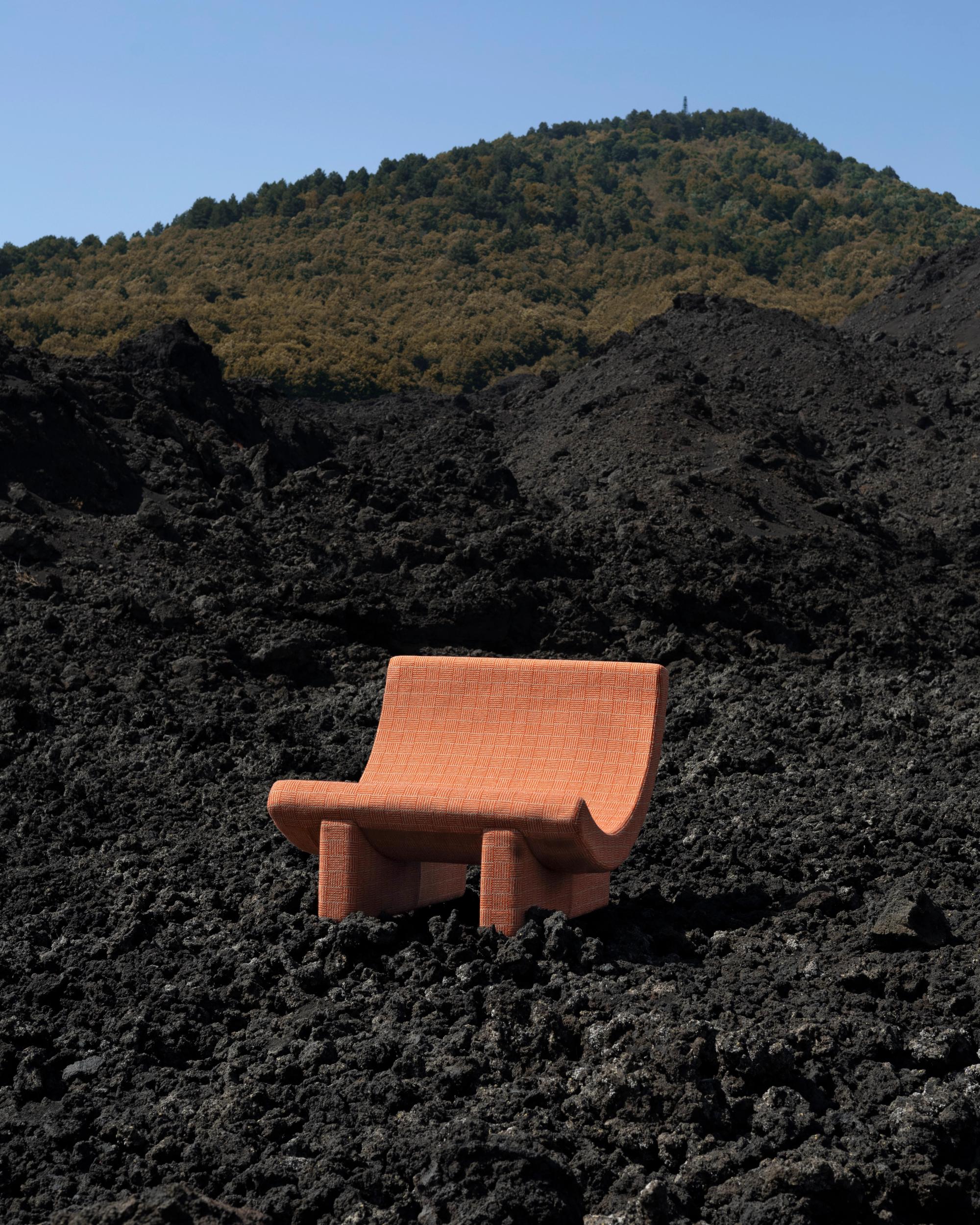
Altiplano by Sheila Hicks used on Acerbis Design’s Trench chair. Photography by Fabio Gueli. Courtesy of Knoll Textiles.

Altiplano by Sheila Hicks used on Acerbis Design’s Trench chair. Photography by Fabio Gueli. Courtesy of Knoll Textiles.